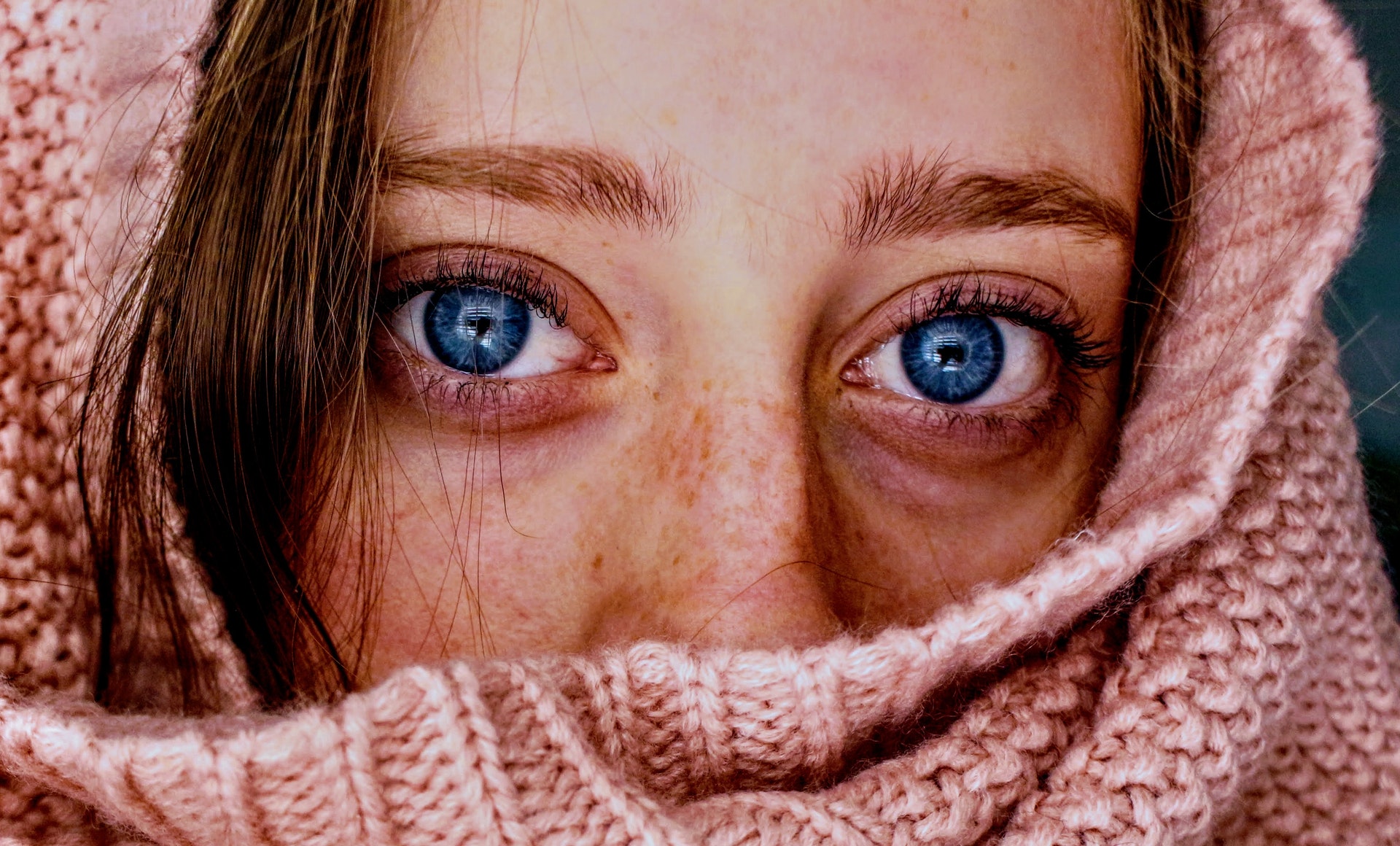History of mercury use in skin lightening creams
The use of mercury in commercial skin bleaching creams and soaps goes back to the early 1900s. Before 1970, commercial bleaching creams would normally use ammoniated mercury to produce a lightening effect on the skin. These bleaching creams were aggressively marketed to black people in the US.
In 1976, the use of mercury in cosmetic products was banned in the EU. The US banned the use of mercury in skin bleaching creams much later in 1990.
Symptoms of mercury exposure include anxiety; depression; drowsiness; fatigue; hair loss; inflamed gums; insomnia; irritability; memory loss; rash; tingling of the extremities, including the hands’ feet and lips; tremors; and weakness.
Does Mercury whiten skin?
Many skin whiteners contain toxic mercury, such as mercury(II) chloride or ammoniated mercury as the active ingredient. However, mercury has been banned in most countries for use in skin whitening (1976 in Europe, 1990 in the USA) because it accumulates on skin and it can have the opposite results in the long term.
Mercury absorption into the body via the skin
Mercury and mercurial compounds can be absorbed into the body by inhalation of the vapours, ingestion, or skin contact. As a poison, the damaging effects of mercury are subtle and cumulative, building up over time.
When absorbed, mercury has been discovered in blood, urine, bile, sweat, saliva, milk, and in pus on the surface of ulcers. It has also been discovered in the solids after death, in the brain, the bones, the cellular tissue, in serous membranes, in the parts close to the joints, and in the lungs and liver.
Mercury’s effects on the skin and overall health (symptoms of mercury poisoning / excessive mercury)
Mercury can be extremely effective in lightening dark spots and stubborn pigmentation but has a high spontaneous remission rate (in a number of people, the original pigmentation returns once the treatment is stopped).
The symptoms of mercury poisoning include emotional disturbances, unsteadiness, inflammation of the mouth and gums, general fatigue, memory loss, forgetfulness and headaches. There can also be behavioural and personality changes such as irritability, low self-confidence, depression, unusual shyness and timidity (including fear and discomfort during normal social situations).
Excess mercury in the system has also been known to cause kidney problems (membranous nephropathy), tremors and muscle spasms.
Skin contact with mercury compounds can lead to irritation, including patches of inflammation and the appearance of tiny bumps close together. These bumps may burst and discharge matter, which later crusts over leading to soreness and discomfort.
Women need to change attitude’
The Institute of Skin Diseases, Sindh, receives up to 25 patients weekly complaining of skin problems after getting treatment at beauty salons. Of these patients, 60 to 70 per cent are girls between the age group of 15 and 25. The head of the institute, Dr Sikandar A. Mahar, told Dawn that usually women, mostly from low-income groups, come with allergic symptoms such as redness, acne and itchiness. “The treatment is symptomatic and patients are advised to stop going to beauty parlours for skin treatment,” he said.
At the Jinnah Postgraduate Medical Centre (JPMC), Professor Azam J. Samdani, head of the dermatology department, says that the use of steroids on the face can lead to irreversible damage if such products are used for a longer period. “Once the skin gets thinner, it becomes difficult to bring it back to its normal condition. Though we get a few patients, the trend to use substandard fairness creams, especially at beauty parlours, is increasing.”

